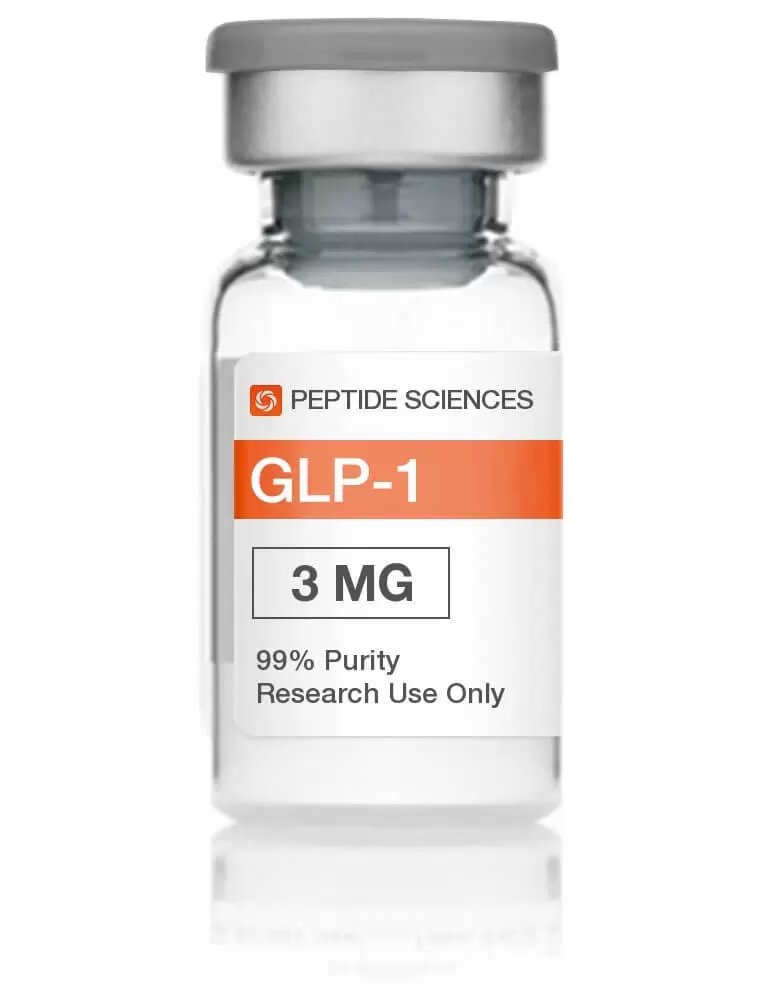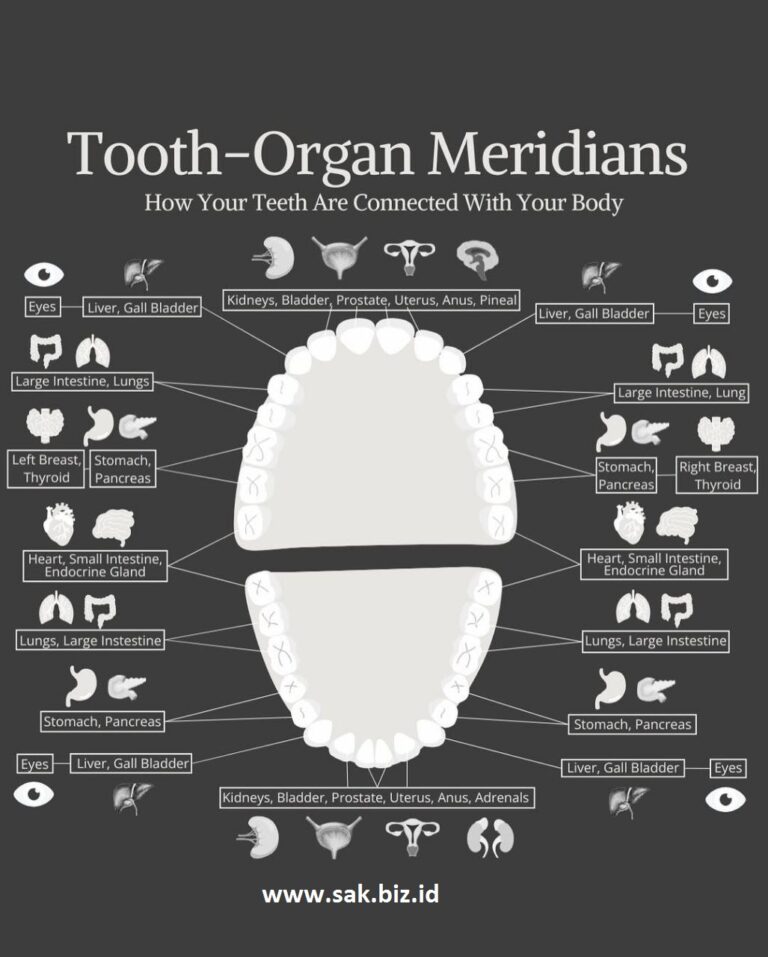What is the A1C diabetes test?
The A1C test can also be called the hemoglobin A1C, HbA1c, glycated hemoglobin, or glycohemoglobin test.
Hemoglobin is a member of a red blood cell that carries oxygen to the body cells. The A1C test is a blood test that provides information about the average levels of blood glucose, it is also called blood sugar over the past 3 months. The A1C test can be also the primary test used for diabetes management.
Glucose attaches to or binds with hemoglobin in your blood cells, and the A1C test is based on this attachment of glucose to hemoglobin. The A1C test can be used to diagnose type 2 diabetes and pre-diabetes.
The higher the glucose level in your bloodstream, the more glucose will attach to the hemoglobin. The A1C test measures the amount of hemoglobin with attached glucose and reflects your average blood glucose levels over the past 3 months.
The A1C test result is reported as a percentage. The higher the percentage, the higher your blood glucose levels have been. A normal A1C level is below 5.7 percent.
Diabetes is classified into several clinical categories, although these are being reconsidered based on genetic, metabolomic, and other characteristics and pathophysiology (2):
- Type 1 diabetes (due to autoimmune β-cell destruction, usually leading to absolute insulin deficiency, including latent autoimmune diabetes in adults)
- Type 2 diabetes (due to a non-autoimmune progressive loss of adequate β-cell insulin secretion, frequently on the background of insulin resistance and metabolic syndrome)
- Gestational diabetes mellitus (diabetes diagnosed in the second or third trimester of pregnancy that was not clearly overt diabetes prior to gestation or other types of diabetes occurring throughout pregnancy, such as type 1 diabetes).
- Specific types of diabetes due to other causes, e.g., monogenic diabetes syndromes (such like neonatal diabetes and maturity-onset diabetes of the young), diseases of the exocrine pancreas (such like cystic fibrosis and pancreatitis), and drug- or chemical-induced diabetes (such like with glucocorticoid use, in the treatment of people with HIV, or after organ transplantation)







